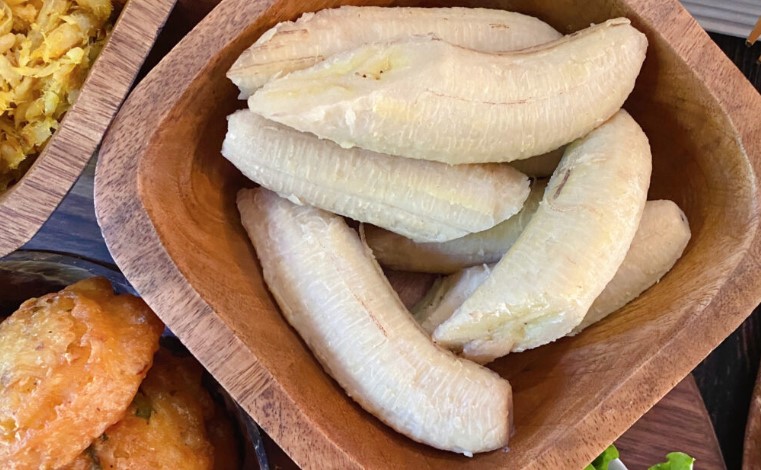Introduction: The Flavors of the Dominican Republic
Dominican cuisine is a unique blend of African, Spanish, and native Taíno influences, resulting in a rich and diverse culinary culture. The Dominican Republic is an island nation located in the Caribbean, which has a tropical climate and fertile soil. These geographical features give the country access to a wide variety of fruits, vegetables, and spices that are used in traditional cooking. Dominican cuisine is known for its bold flavors, colorful presentation, and emphasis on fresh, locally sourced ingredients.
Influences on Dominican Cuisine
The history of the Dominican Republic is reflected in its cuisine, which has been shaped by a diverse range of cultural influences. The Taíno people, who were the indigenous inhabitants of the island before the arrival of the Spanish, introduced staple foods such as yucca, sweet potato, and corn to the diet. The Spanish colonizers brought with them European cooking techniques and ingredients, such as garlic, onions, and olive oil. The enslavement of Africans also had a significant impact on Dominican cuisine, with many dishes incorporating ingredients and techniques from West African cooking traditions.
Staple Foods in Dominican Cooking
Dominican cuisine is characterized by its use of starchy vegetables, such as yucca, plantains, and sweet potatoes. These ingredients are often boiled or fried and served as a side dish or used in stews and soups. Rice and beans are also a staple in Dominican cooking, often served together as “Moro de Guandules” (rice and pigeon peas) or “La Bandera” (rice, beans, and meat). Another popular dish is “Sancocho,” a hearty stew made with meat, yucca, plantains, and other vegetables.
Appetizers and Street Foods
Dominican street food is a popular way to experience the country’s cuisine. “Empanadas” are a staple, with various fillings such as ground beef, chicken, cheese, or vegetables. “Pastelitos” are also a popular choice, which are similar to empanadas but made with a flakier pastry. “Tostones” are fried plantains that are smashed and fried again, often served with garlic sauce or avocado dip.
Main Dishes and Meat Preparations
Meat is a central component of many Dominican dishes, and “Asado” (grilled meat) is a common preparation. “Chivo guisado” (stewed goat) is also a popular choice, as well as “Pollo Guisado” (stewed chicken). “Bacalao” (salt cod) is another well-loved dish, often served with boiled yucca or sweet potatoes.
Seafood Specialties of the Dominican Republic
As an island nation, seafood plays a significant role in Dominican cuisine. “Chillo” (red snapper) is a popular fish, usually served fried or grilled. “Camarones” (shrimp) are also a common choice, often served with garlic sauce or fried in a butter sauce. “Pulpo” (octopus) is another seafood delicacy, often served in a salad or stew.
Desserts and Sweets in Dominican Cuisine
Dominican desserts are a sweet and delicious way to end a meal. “Flan” (custard) is a popular choice, as well as “Tres Leches” (three milk cake), which is a sponge cake soaked in three types of milk. “Majarete” (corn pudding) is another popular choice, made with coconut milk, cinnamon, and cornstarch.
Beverages and Cocktails that Define Dominican Culture
Dominican culture is known for its lively music and dancing, and no celebration is complete without a signature cocktail. “Mojito” is a favorite, made with rum, lime juice, sugar, and mint. “Piña Colada” is another popular choice, made with coconut cream, pineapple juice, and rum. “Mamajuana” is a traditional Dominican drink made with rum, red wine, honey, and various herbs and spices, which is believed to be a natural aphrodisiac.

